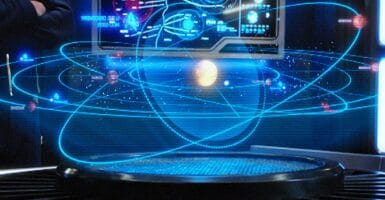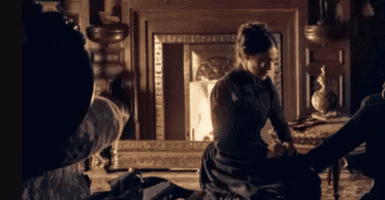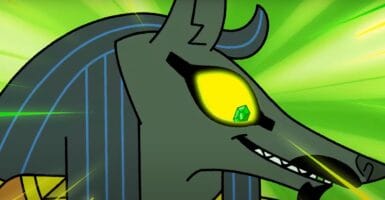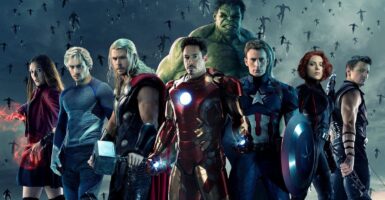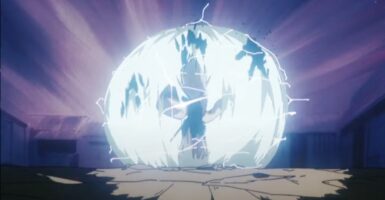Star Trek’s Least Convincing Tech Is The Holodeck, But Not For The Reason You Think
The most unbelievable thing about Star Trek's holodecks isn't the seemingly impossible technological accomplishments necessary to make them real, but the fact that there aren't many more characters addicted to the things.
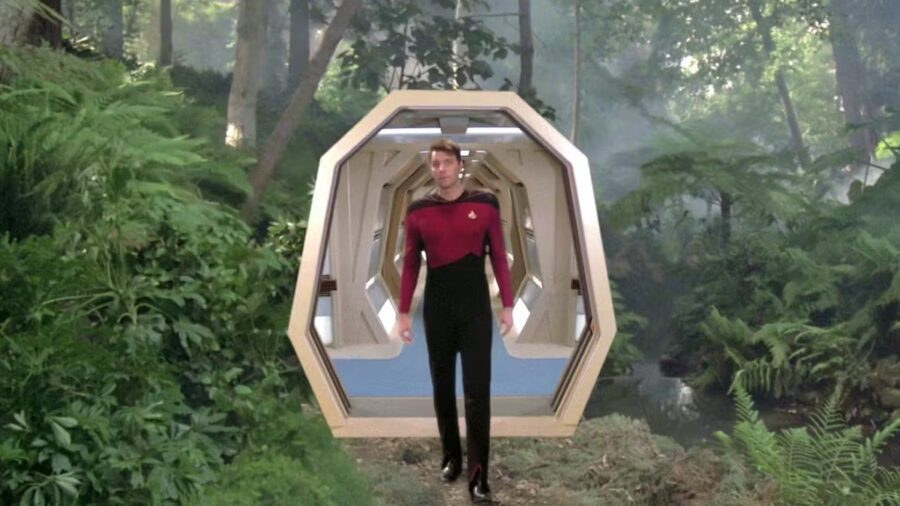
After being a Star Trek fan for decades, there’s one question I ask myself probably more than any other: with holodecks available to Starfleet seemingly on any ship large enough, how in the Prophets’ name do any captains get any of their people to do anything? Starting with Season 3’s “Hollow Pursuits,” Star Trek began exploring the idea of “holo-addiction” through the recurring character Reginald Barclay (Dwight Schultz), but it seems insane that the addiction he suffered from wouldn’t be more widespread.
Star Trek‘s holodecks are perhaps the closest things conceivable to a fantasy made flesh. If real, they would have the potential to replace the demand for any and all visual media, including video games and, yes, pornography. As recently as the Season 3 Star Trek: Picard episode “No Win Scenario,” we learn holodecks have independent power sources on Starfleet vessels, in part just to act as places of comfort when things appear hopeless.
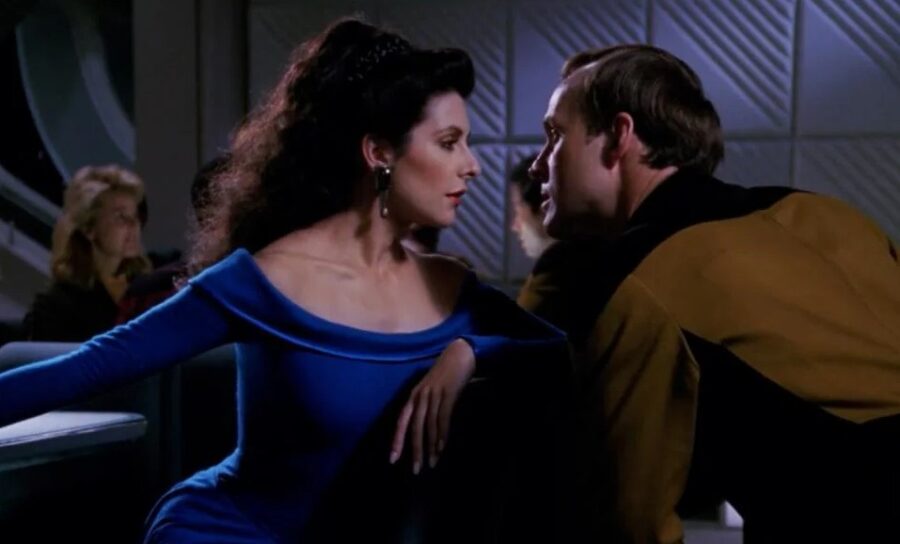
Remember that scene in Dumb and Dumber when Jim Carrey‘s Lloyd fantasizes about literally pulling a man’s heart out of his chest while taking Mary (Lauren Holly) out to dinner? In Reginald Barclay’s very first scene in the Trek franchise, that’s basically what we get, minus the bloodshed. The Star Trek: The Next Generation episode “Hollow Pursuits” opens with Barclay on the holodeck, enjoying a fantasy in which he beats up Will Riker (Jonathan Frakes), and attracts the romantic attention of Deanna Troi (Marina Sirtis).
Barclay is a frustrating project for his commanding officer, Star Trek’s Geordi La Forge (LeVar Burton), who often can’t even find Barclay where he’s supposed to be because the lieutenant is deep in his holodeck fantasies. All of his programs find him battling and easily defeating male members of the Enterprise-D crew, while attracting the physical affections of female officers like Troi and Doctor Crusher (Gates McFadden).
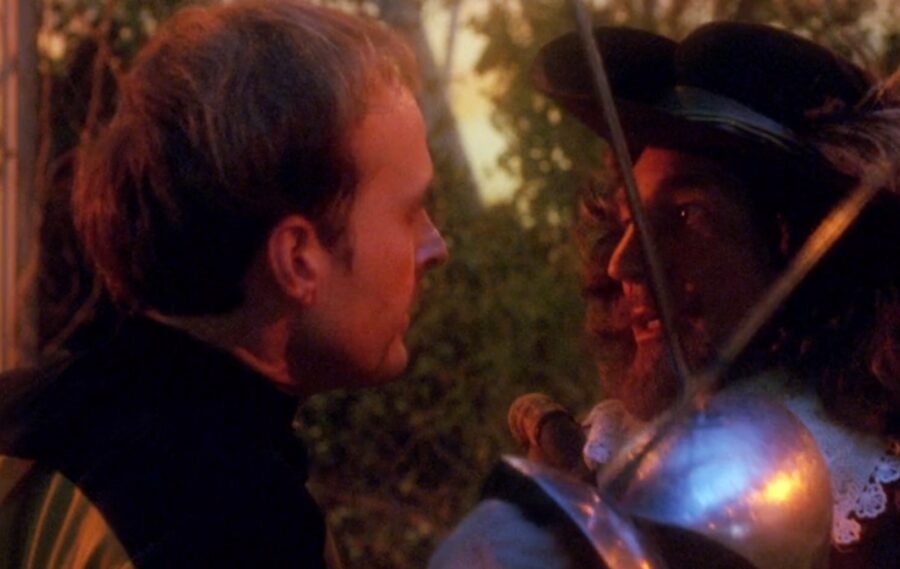
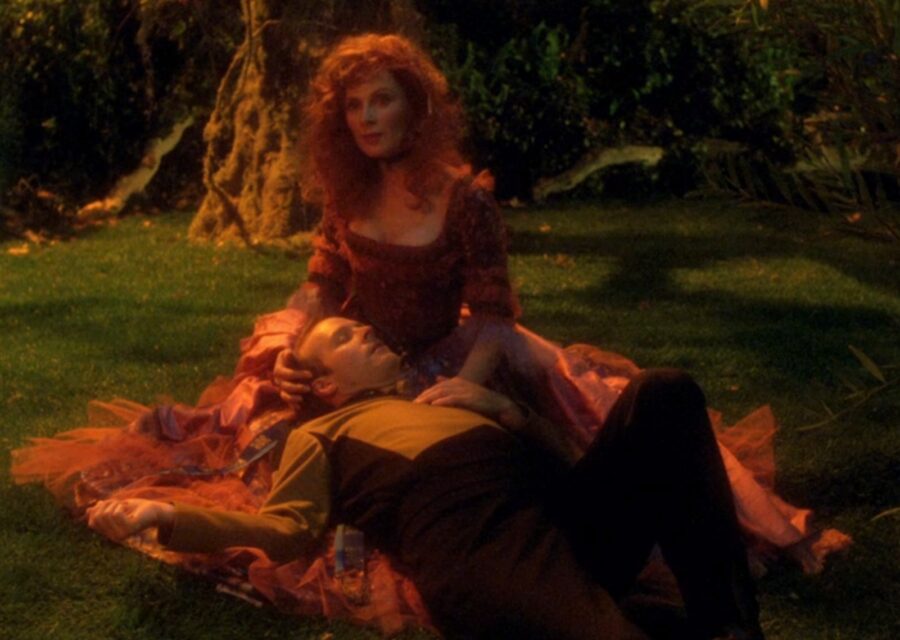
This isn’t the last time a Star Trek character succumbs to holodeck addiction. Barclay eventually recovers but suffers a relapse in Star Trek: Voyager. In the final season of the same series, Seven of Nine (Jeri Ryan) wrestles with her own bout of holo-addiction. Earlier, in the final season of Star Trek: Deep Space Nine, the Ferengi officer Nog (Aron Eisenberg), suffering from PTSD after losing a leg in the Dominion War, chooses to literally move into one of his uncle’s holosuites and it’s ultimately the sentient holographic character Vic Fontaine (James Darren) who has to step in and give him a dose of reality.
Even outside of addiction, the very concept of Star Trek’s holodecks is seen to be so full of potential that it could literally change the course of an entire race. In the Voyager two-parter “The Killing Game,” the Hirogen capture the titular ship and put the crew through endless holodeck scenarios. Their goal is to test the technology and see if they can use it to sate the Hirogen lust for hunting prey while curbing the species’ tendency toward nomadism.
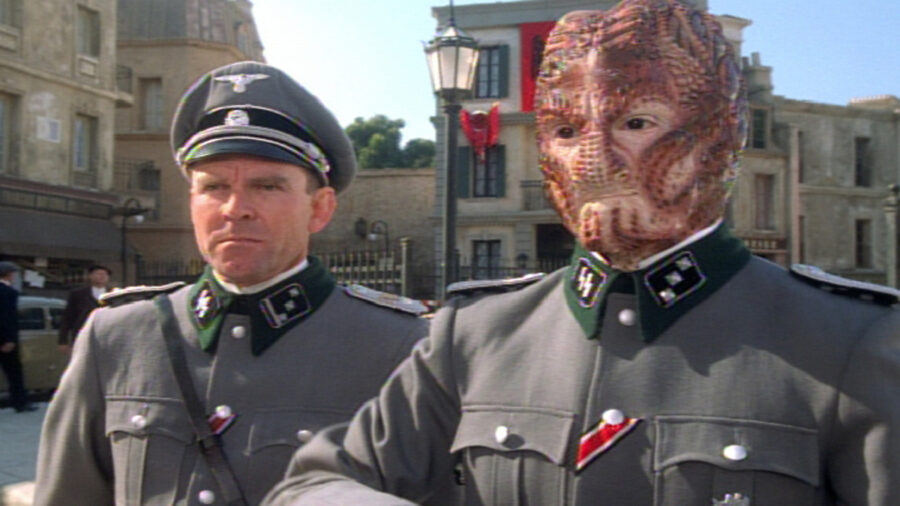
How could anyone in Star Trek or any other narrative expect holodecks be used in any way that we would consider “responsible?” The holodeck is a dream world where anything is possible, and nothing has any stakes. You can fight whoever you want, have sex with whoever you want, and be wherever you want.
You can breathe at the bottom of the ocean or in the heart of a nebula; you can team up with Batman or join in on the destruction of the Death Star. Nothing is off limits, as we learn in the Deep Space Nine episode “Rules of Engagement” when it’s revealed that Worf (Michael Dorn) regularly reenacts a famous Klingon battle on the holosuite and regularly — as the Klingon commander did — orders the slaughter of women and children at the battle’s end.
This may be one of the reasons why — while TNG and Voyager had tons of the things — in newer Star Trek, we’ve seen so few holodeck episodes. Audiences just won’t buy the fact that characters could enjoy regular access to something like a holodeck without wanting to move their entire lives into the things.
It’s one thing if a fantasy world is potentially miles or countries away and you have to be filthy rich to enjoy it, like in HBO’s Westworld. It’s quite another when the place costs you no money, you can fashion it into whatever you want, and you can get there on foot.

